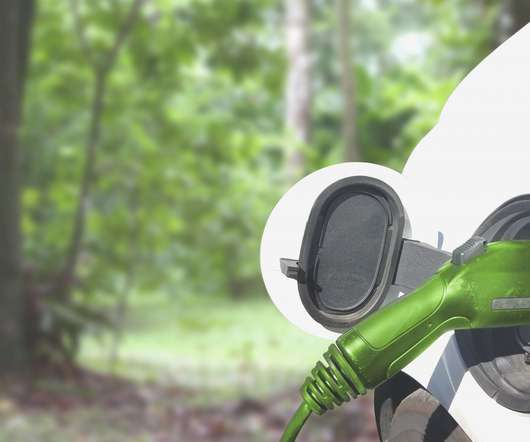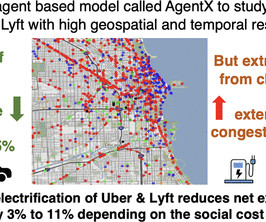We’re Charging Our Cars Wrong
Cars That Think
MARCH 4, 2025
If equipment costs were lower, they say, they would install more recharging stations. It could be a virtuous circle: The recharge businesses would do better, EV owners would benefit, and more people would consider buying an EV. The function of the port is to convert AC power from the grid into DC, which is then applied to the battery.
















Let's personalize your content